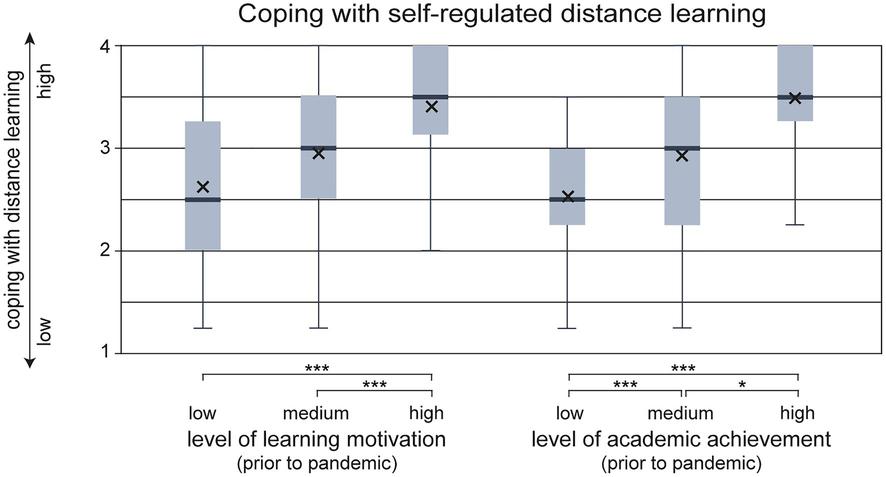The widespread effects of the COVID-19 pandemic that emerged in 2019–2020 have drastically increased health, social and economic inequalities1,2. For more than 900 million learners around the world, the pandemic led to the closure of schools and universities3. This exceptional situation forced teachers, parents and students to quickly adapt to a new educational context: distance learning. Teachers had to develop online academic materials that could be used at home to ensure educational continuity while ensuring the necessary physical distancing. Primary and secondary school students suddenly had to work with various kinds of support, which were usually provided online by their teachers. For college students, lockdown often entailed returning to their hometowns while staying connected with their teachers and classmates via video conferences, email and other digital tools. Despite the best efforts of educational institutions, parents and teachers to keep all children and students engaged in learning activities, ensuring educational continuity during school closure—something that is difficult for everyone—may pose unique material and psychological challenges for working-class families and students.
Not only did the pandemic lead to the closure of schools in many countries, often for several weeks, it also accelerated the digitalization of education and amplified the role of parental involvement in supporting the schoolwork of their children. Thus, beyond the specific circumstances of the COVID-19 lockdown, we believe that studying the effects of the pandemic on academic inequalities provides a way to more broadly examine the consequences of school closure and related effects (for example, digitalization of education) on social class inequalities. Indeed, bearing in mind that (1) the risk of further pandemics is higher than ever (that is, we are in a ‘pandemic era’4,5) and (2) beyond pandemics, the use of digital tools in education (and therefore the influence of parental involvement) has dramatically increased during this crisis, and is set to continue, there is a pressing need for an integrative and comprehensive model that

First, we review research showing that social class is associated with unequal access to digital tools, unequal familiarity with digital skills and unequal uses of such tools for learning purposes6,7. We then review research documenting how unequal familiarity with school culture, knowledge and skills can also contribute to the accentuation of academic inequalities8,9. Next, we present the results of surveys conducted during the 2020 lockdown showing that the quality and quantity of pedagogical support received from schools varied according to the social class of families (for examples, see refs. 10,11,12). We then argue that these digital, cultural and structural divides represent barriers to the ability of parents to provide appropriate support for children during distance learning (Fig. 1). These divides also alter the levels of self-efficacy of parents and children, thereby affecting their engagement in learning activities13,14. In the final section, we review preliminary evidence for the hypothesis that distance learning widens the social class achievement gap and we propose an agenda for future research. In addition, we outline recommendations that should help parents, teachers and policymakers to use social science research to limit the impact of school closure and distance learning on the social class achievement gap.




